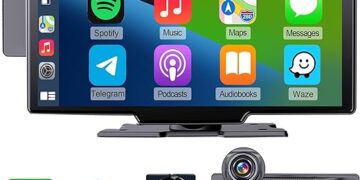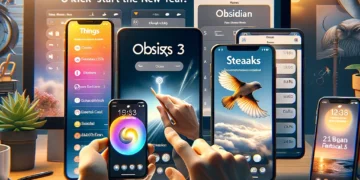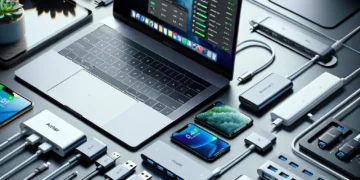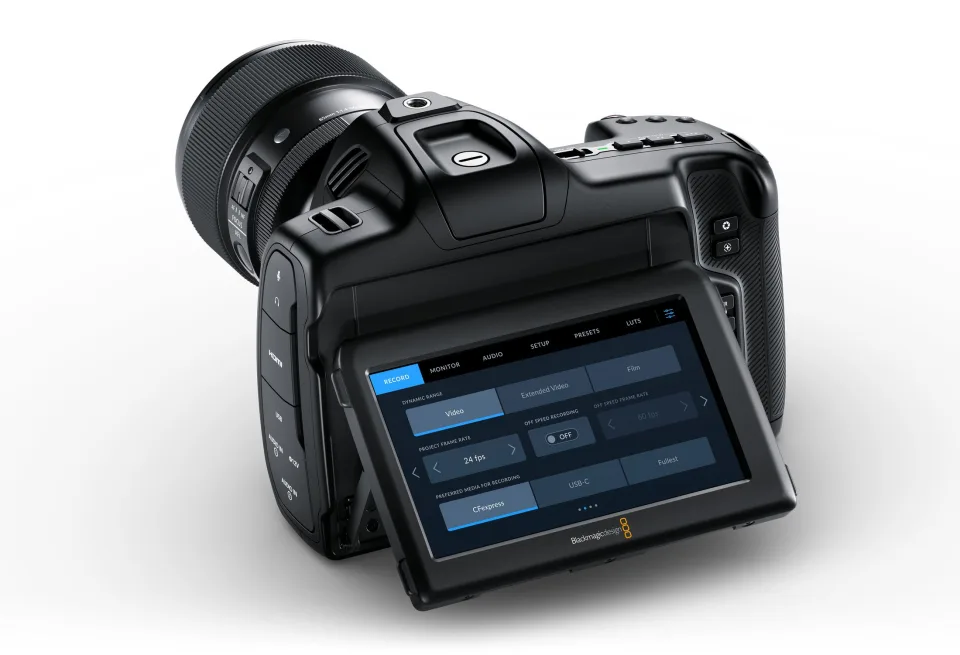During iPhone week, even dedicated Android enthusiasts like me can’t help but cast an envious glance at the other side of the tech world. While the standard iPhone 15 didn’t do much to pique my interest, I have to admit that the iPhone 15 Pro series has my attention this year.
With its titanium frame, promising camera lineup, and the switch to USB-C, Apple seems to be making all the right moves. However, what really caught my eye as an Android fan is the new Action button.
For those who missed Apple’s recent keynote, the Action button is a new feature exclusive to the iPhone 15 Pro and Pro Max. It’s reminiscent of the feature introduced on the Apple Watch Ultra last year, providing users with quick access to shortcuts, apps, and more. It replaces the mute switch found on every previous iPhone, including the standard iPhone 15.
On the surface, this may seem like a minor change, but it’s a significant one. Apple’s mute switch has always been a favorite of mine, and I often wished that other manufacturers, aside from OnePlus, would adopt it. Even for those who haven’t used an iPhone, it became second nature to quickly mute your device during important meetings or at the theater. However, I must admit that the Action button appears to be an even more versatile tool.
As Apple explained during its keynote, the iPhone 15 Pro’s new button is like the Swiss Army Knife of buttons. It can still mute your phone if that’s your preference, but it can now do so much more.
It can toggle between do-not-disturb modes, activate the flashlight, launch apps, start voice memos, and much more. It can even serve as a physical camera shortcut, which might sound common on Android devices but has been absent on iPhones, where the power button was locked to Apple Pay for years.
Just like my affection for MagSafe, this is a feature I wish every Android manufacturer would incorporate in some way. Importantly, this isn’t a new concept that Apple dreamed up; we’ve seen other Android manufacturers experiment with this idea in the past. With any luck, Apple’s influence in this area could lead to a resurgence of this type of button in the Android world.
Many of us instantly think of Samsung as the prime example here. Starting with the Galaxy S8, Samsung introduced the infamous Bixby button, dedicated to activating its in-house voice assistant.
While this should have been a hit, users and reviewers alike despised it because it triggered Bixby. It took months for Samsung to allow users to disable the button, let alone remap it. As someone who didn’t own a Galaxy S8, I would have preferred a non-functional button over accidentally summoning Bixby.










![Apple Watch SE (2nd Gen) [GPS 40mm] Smartwatch with Starlight Aluminum Case with Starlight Sport Band S/M. Fitness & Sleep Tracker, Crash Detection, Heart Rate Monitor](https://www.tech-bit.com/wp-content/uploads/2024/06/applewatchse2ndgengps40mmsmartwatchwithstarlightaluminumcase-360x180.jpg)











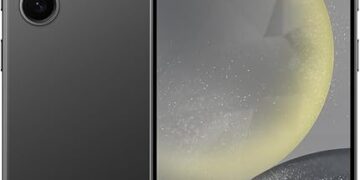




![Apple Watch Series 9 [GPS 45mm] Smartwatch with Midnight Aluminum Case with Midnight Sport Band S/M. Fitness Tracker, ECG Apps, Always-On Retina Display, Water Resistant](https://www.tech-bit.com/wp-content/uploads/2024/06/applewatchseries9gps45mmsmartwatchwithmidnightaluminumcasewith-360x180.jpg)



![Apple Watch Ultra 2 [GPS + Cellular 49mm] Smartwatch, Sport Watch with Rugged Black Titanium Case with Black Ocean Band. Fitness Tracker, Precision GPS, Action Button, Extra-Long Battery Life](https://www.tech-bit.com/wp-content/uploads/2024/10/applewatchultra2gpscellular49mmsmartwatchsportwatchwithrugged-360x180.jpg)




